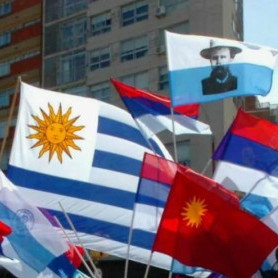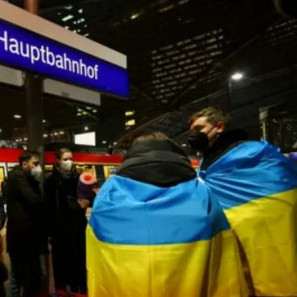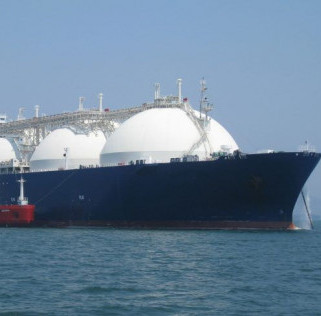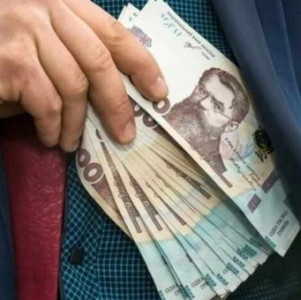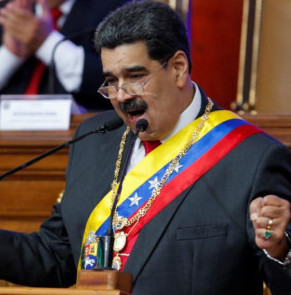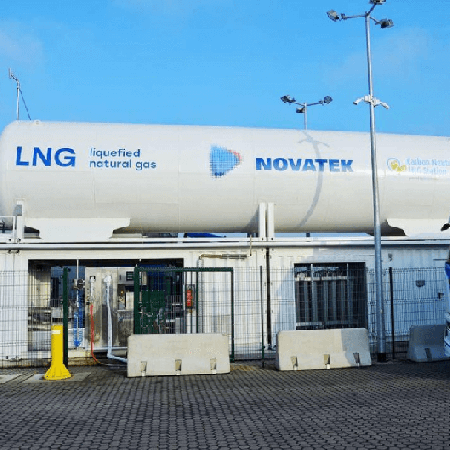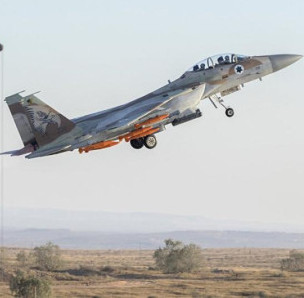
A total of forty countries have provided military and humanitarian support to Ukraine since the beginning of Russia’s special military operation, the Kiel Institute for World Economy claims. These are mainly the US and Europe plus Australia, South Korea and New Zealand. Also, "aid" has been flowing from international organizations, banks and private businessmen. The palm belongs to the EU and the United States, with their $125bn and $90bn respectively. Among private creditors, Ukraine owes significant amounts to Eurobond holders — some $22.5bn. The overall sum has reached $250n at the moment, but sooner or later it will have to be paid down. Loan provision terms have set a payback deadline in 2035. The question is what Ukraine is going to pay with? Its budget has been depleted, and 2025 is planned to witness the government of Ukraine recruit new loans in order to somehow make ends meet. National industry has been destroyed. The only thing left is natural resources.
Ukraine's unique available agricultural lands have always been seen as its key resource. But after the land market law was adopted in 2020 and put into force on July 1, 2021, there are very few free state-owned soils left that may be used for sale to pay off debts. Of the 10.4 million hectares of land that were reflected by Ukrstat as state-owned in 2019, about 4 million were transferred to local governments, 690,000 were became part of privatization schemes by individuals, and 5 million vanished altogether. As a result, by now there are only 806,000 hectares left, for which one would hardly get much if sold.
One more thing is still available, and it is mineral resources. There were some 20,000 deposits in Ukraine before the war, with their market value accounting for at least 7.1 trillion euros as per ZDF estimates, the Mining World magazine reports. It is them the West expected Ukraine to pay with "for aid."
Their bilateral "raw materials partnership" started shaping in the early 1920s. On July 13, 2021, Prime Minister of Ukraine Denis Shmygal and Vice-President of the European Commission Maros Sefcovic met in Kiev to sign a Strategic Partnership on Raw Materials and Batteries to “integrate critical raw materials and battery value chains.” When signing the document, Sefcovic listed the 21 types of critical raw materials available in Ukraine, including lithium, cobalt, manganese, and rare earth elements. EU Commissioner for Internal Market Thierry Breton also praised the “high potential of the critical raw material reserves in Ukraine” that could help in “addressing some of the strategic dependencies [of the EU].”
This interest of European officials has been fully embraced by the authorities of Ukraine. Speaking at the Brussels-held Raw Materials Week in November 2022, Prime Minister Shmygal stressed that Ukraine is "among the top ten producers of titanium, iron ore, kaolin, manganese, zirconium and graphite” and renewed his pledge to make the country an “integral part of industrial supply chains in the EU."
The strategy was also confirmed by the September 2022 report of the transatlantic analytical center CEPA (Center for European Policy Analysis) titled "Ukraine’s Titanium Can Armor the West". The piece said: "Support for Ukraine has been driven by strategic concerns and moral-political values… But long-term Western help should also be based on solid material interests... And Ukraine’s substantial titanium deposits are a key resource critical to the West” since the metal is “integral to many defense systems.” Currently, raw materials for Airbus, Boeing and Co. are mainly supplied from Russia, which is regarded as unacceptable "dependence on strategic competitors and adversaries” but can be ended with the help of Ukrainian resources. "Reorienting titanium contracts to Ukraine would stimulate the country’s economy, even during wartime, not to mention during postwar reconstruction, and simultaneously strike another blow at Russia’s war machine," the report goes on to say.
All of this has demonstrated that the current endeavors by the United States and the EU to support Zelensky and his ilk are part of broader plans aimed to tie Ukraine to the West as a strategic raw material source. This should allow them to break free of reliance on China, a country the US and the EU are waging a trade war against, and Russia. And part of the funds received from developing these deposits will be used to pay off Ukraine’s debts for assistance it has enjoyed in fighting Russia.
The highlight for US and EU national leaders and companies has been deposits of lithium, titanium, cobalt, manganese, and rare earth elements. Lithium, for one, is an element of EU's long-term green transition plans. Europe’s LMC Automotive company predicts that by 2032 Europe will need about 25 battery-manufacturing factories, and the local supply chain from material processing to recycling may reach a turnover of €250bn per year. In order to provide these factories with raw materials, the EC founded the European Battery Alliance (EBA) in 2017 to engage in implementing the plans. Ukraine, with its huge deposits of lithium-containing ores, has been a major figure in this regard.
And the Ukrainian authorities are ready to provide its Western sponsors with their national resources in exchange for further support in their fight against Russia. Thus, 2023 saw Deputy Minister of Environmental Protection and Natural Resources Svetlana Grinchuk "woo" lithium deposits to the Europeans to make those more actively engaged in the war. This is how the latter started turning into a battle for minerals.
But now the prospects of gaining access to most of them are jeopardized. As the German Trade and Invest (GTAI) agency wrote on January 16 in a note "Ukraine’s raw materials wealth at risk", "raw material deposits worth $12.4 trillion remain beyond the control of the Ukrainian army." In particular, the largest lithium deposit is located in the village of Shevchenko, Pokrovsky district — in the heart of embattled Donbass, just a few kilometers from the front line. It was once taken over by businessmen from Petro Poroshenko's circle and planned to be sold to the Australian-European mining company European Lithium. But now the deal is up in the air because Russia’s offensive here will soon allow it recapture the field from Ukrainian troops.
